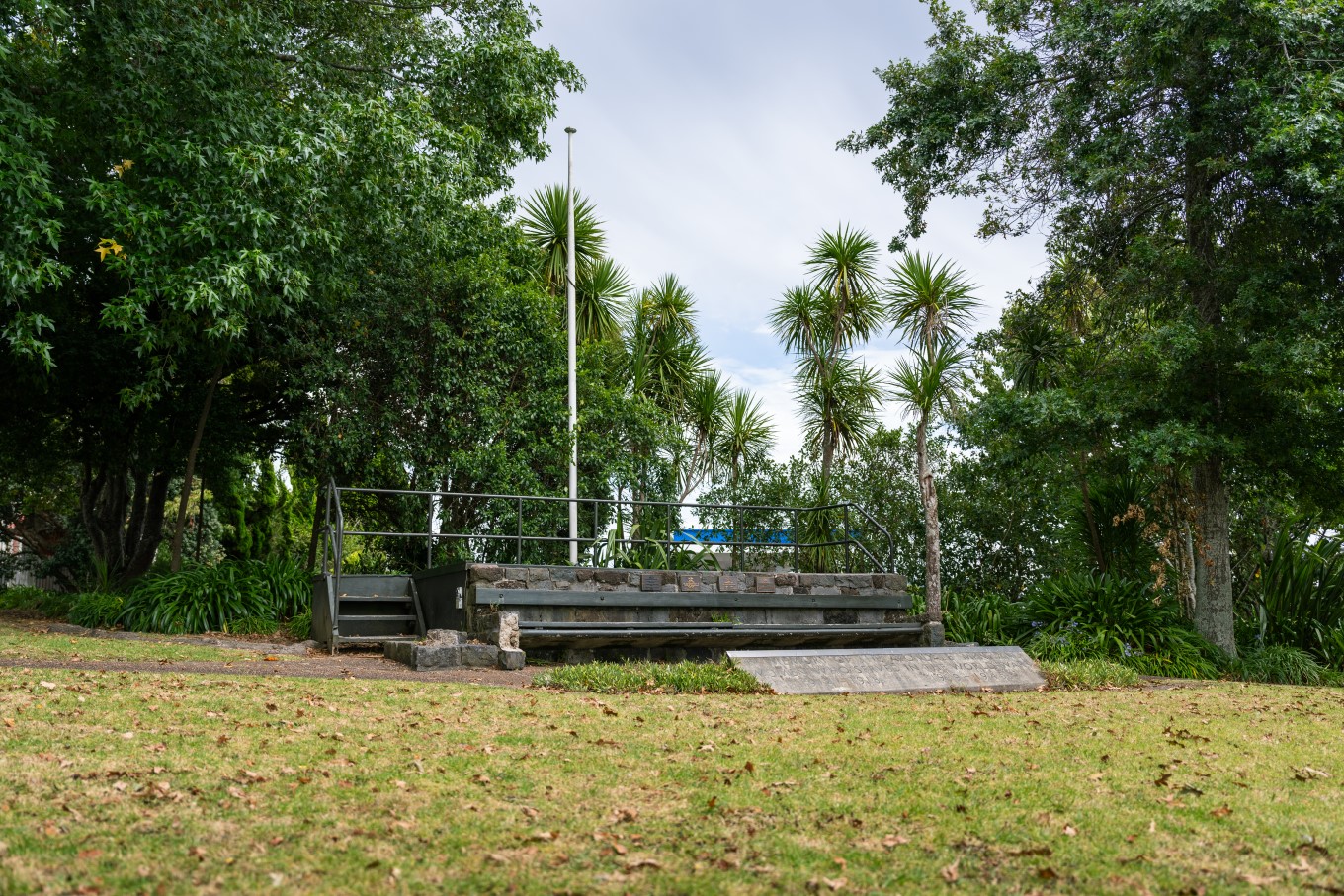Anzac Day: Significant Sites In NZ To Understand Its History
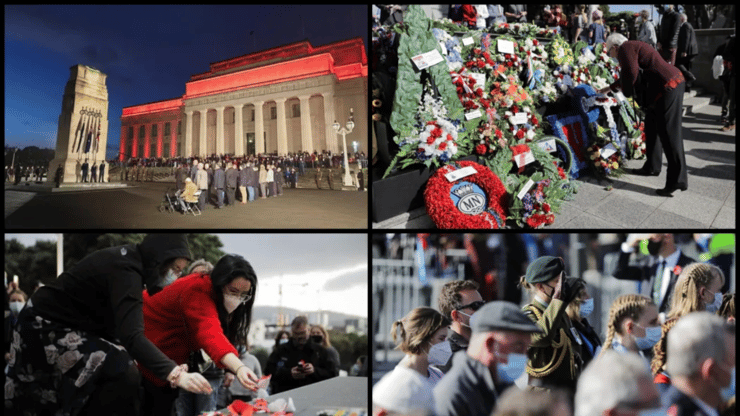
As April 25, 2024 approaches, New Zealand prepares to commemorate Anzac Day, a poignant day of remembrance for both Australia and New Zealand. Anzac Day, known as Rā Whakamahara ki ngā Hōia o Ahitereiria me Aotearoa in Māori, holds deep significance, honouring the memory of all Australians and New Zealanders who served and died in wars, conflicts, and peacekeeping missions.
Initially established to pay tribute to the members of the Australian and New Zealand Army Corps (ANZAC) who fought in the Gallipoli campaign, Anzac Day has evolved into a broader commemoration of the sacrifices and contributions of all who have served their countries.
This day marks a significant event in Australian and New Zealand military history, when forces from both nations suffered heavy casualties during World War I. The term ANZAC, derived from the acronym for the Australian and New Zealand Army Corps, refers to the soldiers who served in this campaign.
Over the years, Anzac Day has become one of the most important national events in both countries, with ceremonies and traditions that have evolved since its inception in 1915. Historian Martin Crotty from the University of Queensland notes that Anzac commemorations have historically served political purposes, particularly during the war years, aiming to bolster recruitment efforts.
A typical service on Anzac Day begins with returned service personnel marching to their local war memorial before dawn. Former veterans and current servicemen and women lead the ceremony, with members of the community joining in for prayers, hymns, and a minute's silence. The service concludes with the singing of the national anthem. Later in the day, veterans and community groups, including members of the armed forces, cadets, and the Red Cross, will wear their medals and march behind banners to the local war memorial. This service is a more public, less formal commemoration, where people can lay wreaths and pay their respects.
The red poppy has become a universal symbol of remembrance for those who served in wars, closely associated with Anzac Day in New Zealand. Known as the Flanders poppy, it was one of the first flowers to bloom in the mud and devastation of Flanders in northern France during World War I. The significance of the poppy was immortalised in the poem 'In Flanders Fields' by Lieutenant Colonel John McCrae and has since served as a tribute to the soldiers buried in unmarked graves.
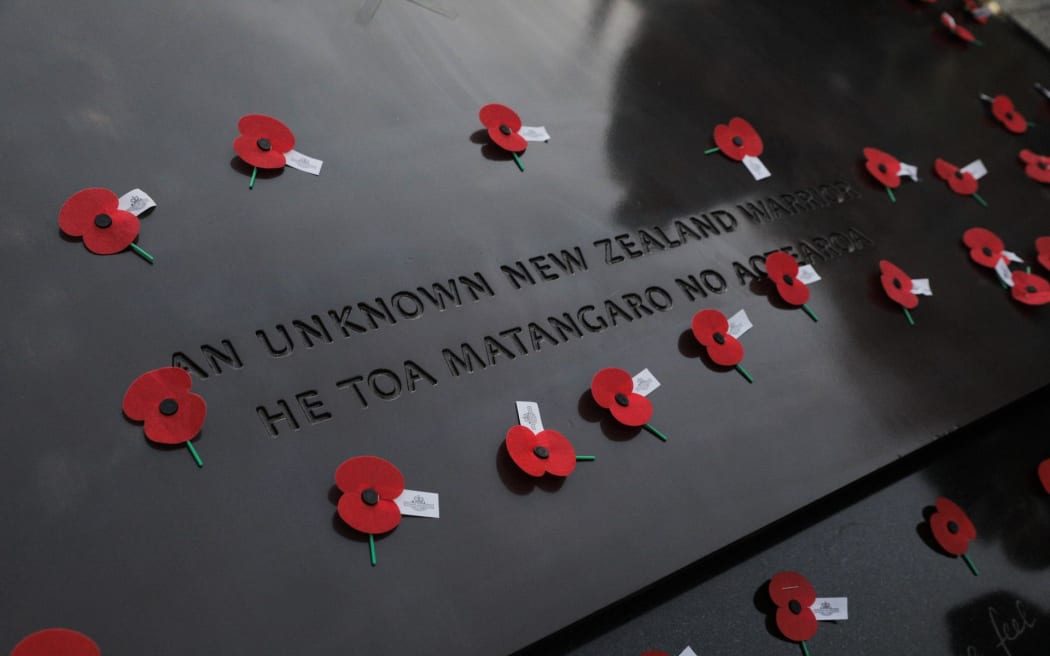
To gain a deeper understanding of the significance of Anzac Day, individuals can visit various places and war memorials in Auckland, listed by Auckland Council. These sites serve as reminders of the impact of war on local communities and offer a glimpse into the lives of those who served
1.Albany Memorial Library: This charming cottage-style building at 21 Library Lane in Albany serves as a memorial to locals who served in WWI and WWII. The library was built in 1922 to commemorate the 24 men from Albany, Dairy Flat, Greenhithe, and Oneroa who lost their lives out of the 77 who went to war. It features a stone archway listing the dates of WWI and stained-glass windows commemorating the period. Although it ceased operating as a public library in 2004, it can now be hired for community events.
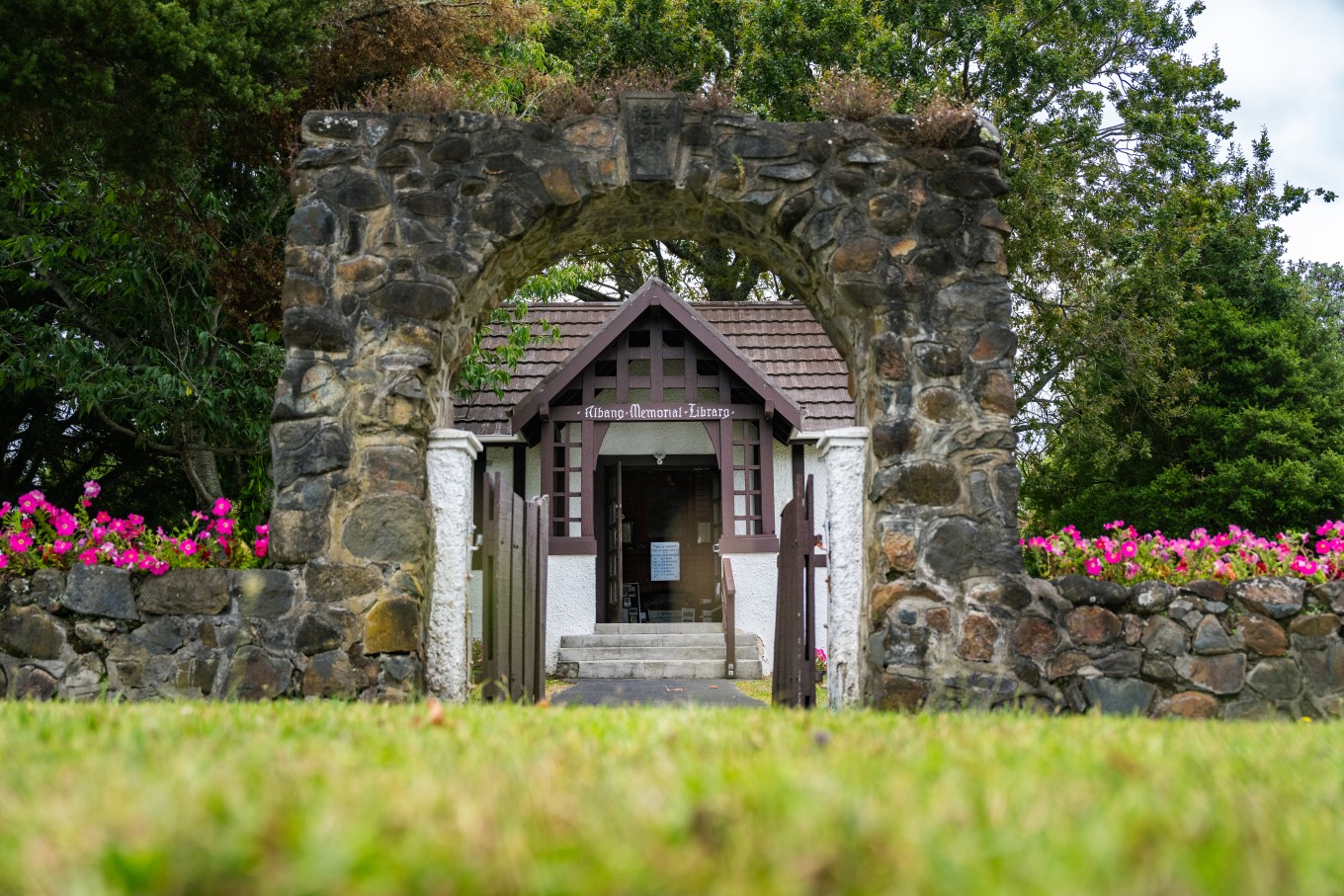
2.Memorial Tower, Narrow Neck Beach: Located on Devonport’s Narrow Neck Beach, this memorial tower was constructed in 1960 to honour 10 members of the Wakatere Boating Club who died in WWII. The tower is occasionally used by the club for starting heritage boat races, but it primarily stands as a reminder of the men who loved sailing on the Tīkapa Moana/Hauraki Gulf.
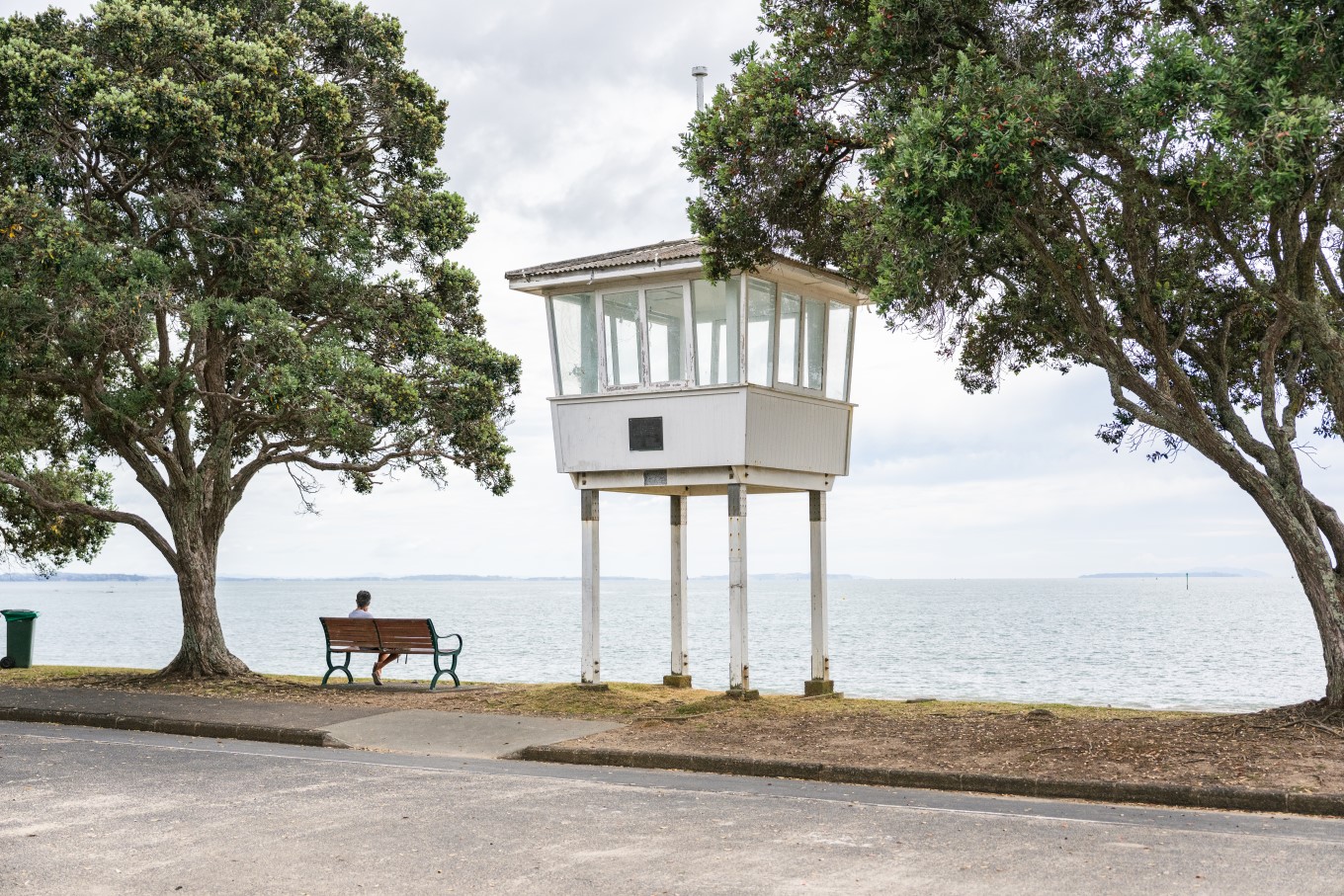
3.Drinking Fountain, St Heliers Bay: Situated on the waterfront in St Heliers Bay, this drinking fountain commemorates Guyon Brookfield, a local scoutmaster who died in northern France in June 1916 at the age of 34 during WWI. Guyon, an engineer, was beloved by the St Heliers Bay community, and the local scout group was named the Brookfield Pack in his honor. The scouts still attend the St Heliers Anzac Parade annually.
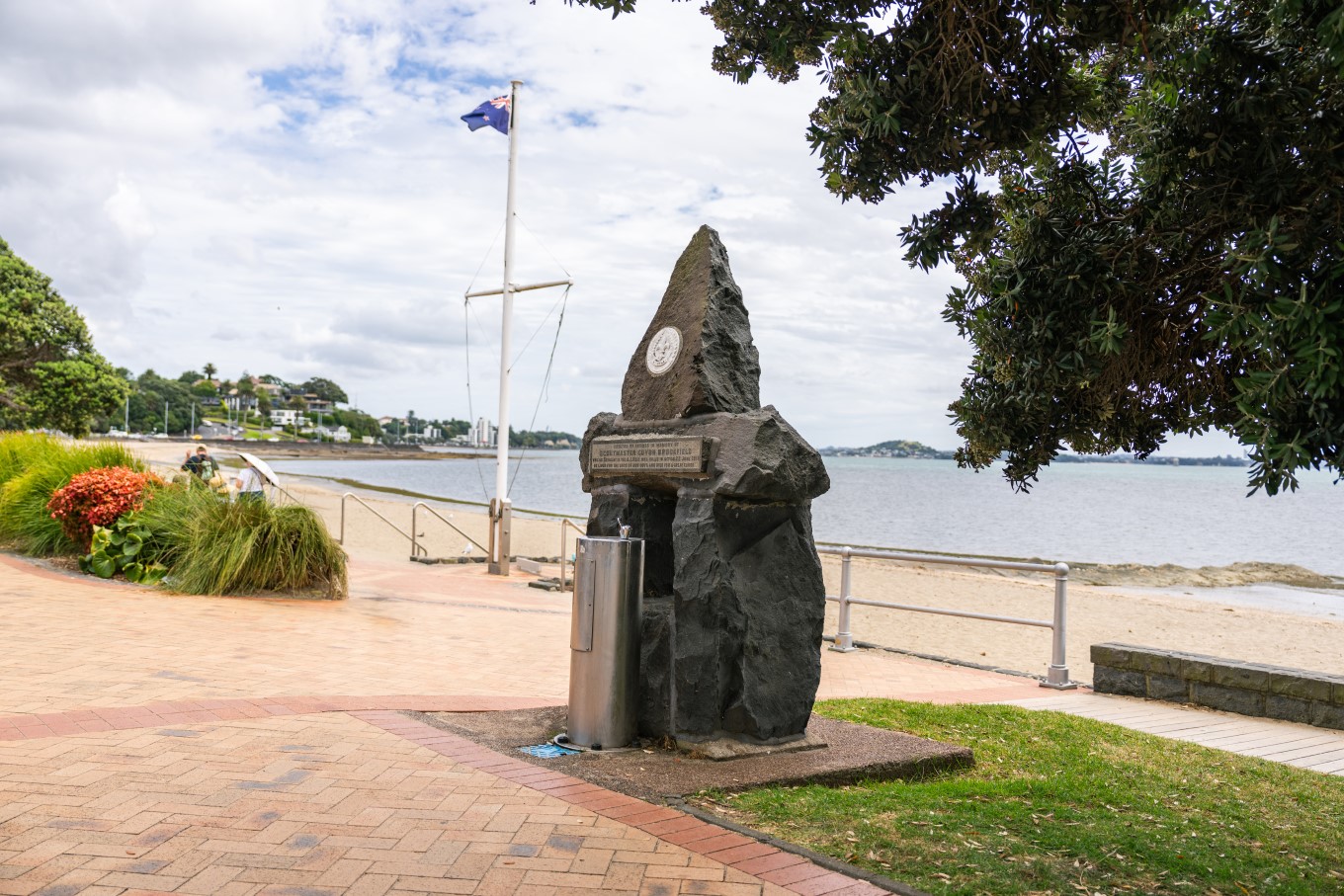
4.Avondale Memorial Reserve: Located between St Georges and Great North Roads, this small triangular park in Avondale is where residents gather for the local Anzac Day parade. The reserve was gifted to Auckland Council by St Ninian’s Church in 1948, and a memorial area was constructed to commemorate those who served in WWI, WWII, and the Boer War (1899-1902). The memorial was unveiled in April 1951 by Auckland Mayor Sir John Allum.
